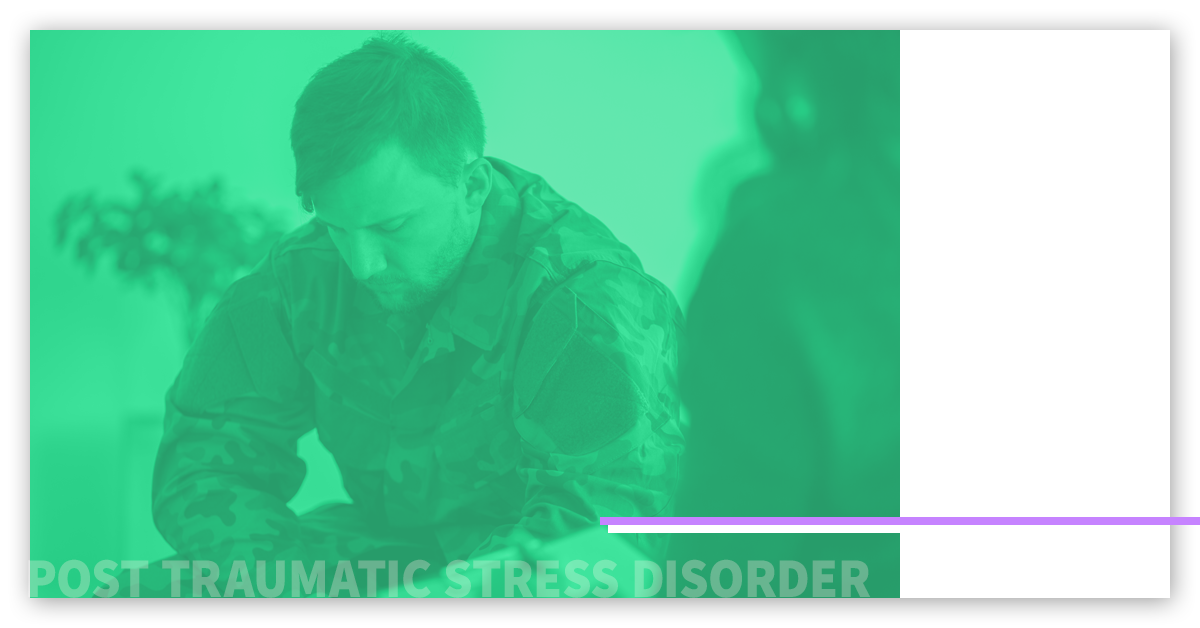What is Post Traumatic Stress Disorder (PTSD)?

LISTEN TO THIS ARTICLE:
Post-Traumatic Stress Disorder (PSTD) encompasses the multitude of disturbing symptoms that some people suffer following exposure to a life-threatening situation. Most people will experience a variety of unpleasant symptoms following a traumatic event. These include general tension and anxiety, difficulty returning to everyday life, and unpleasant memories of the trauma. When these symptoms become so severe that they continue to disrupt daily life for more than a month, that is the beginning of PTSD.
One of the most well-known aspects of PTSD is the phenomenon of flashbacks. Many people envision a veteran of war, now back home, hearing a car backfire or a door slam and being transported back to the violence of a battlefield. This kind of re-experiencing of the trauma can also come in the form of nightmares (common in young children with PTSD). They also experience vivid, intrusive memories. Symptoms can be hard to detect in kids because they have difficulty communicating the details of what they are experiencing. While adults can feel guilt and may blame themselves, children usually don’t articulate these details and will generally appear to have a depressed or anxious mood.
PTSD can appear in anyone after the first year of life, and symptoms subside in half of patients in under three months of treatment. However, severe cases or those that go untreated can last for years or even decades. PTSD is often preceded by Acute Stress Disorder, which describes a similar set of symptoms that PTSD does. The major difference between the two is that Acute Stress Disorder only occurs up to one month after the trauma. Beyond that time, continued symptoms beg the diagnosis of PTSD. In more rare cases, symptoms can take some time, potentially 6 months or longer after the trauma, to set in before PTSD is recognized, and these are cases of “delayed expression”.


 Learn
Learn ID Symptom
ID Symptom Find Help
Find Help